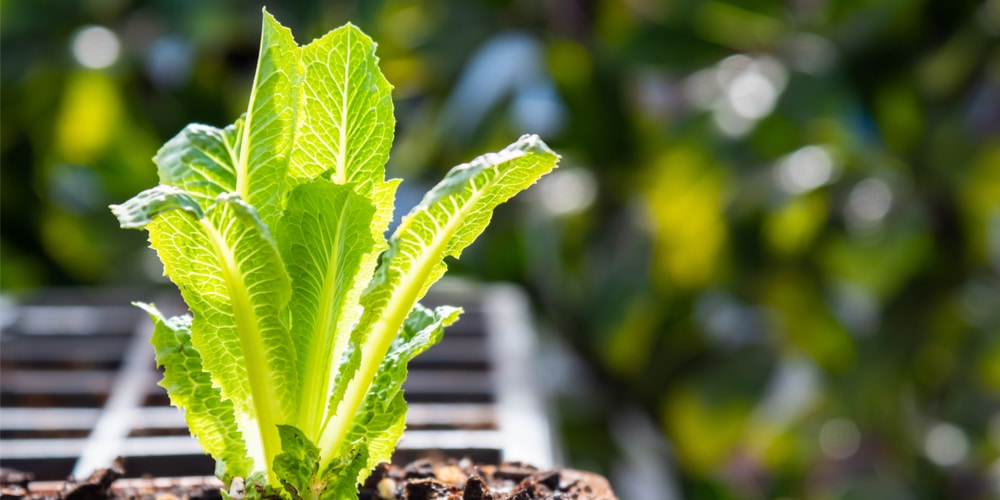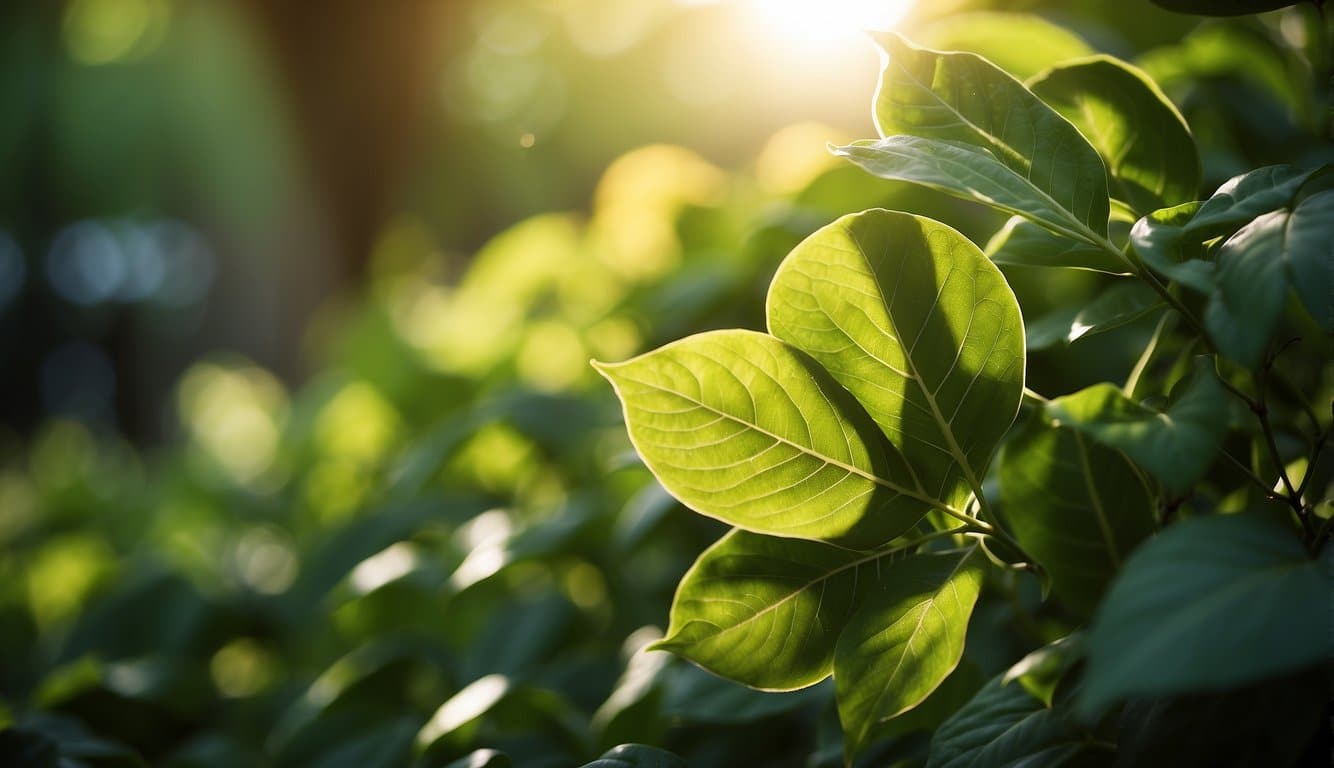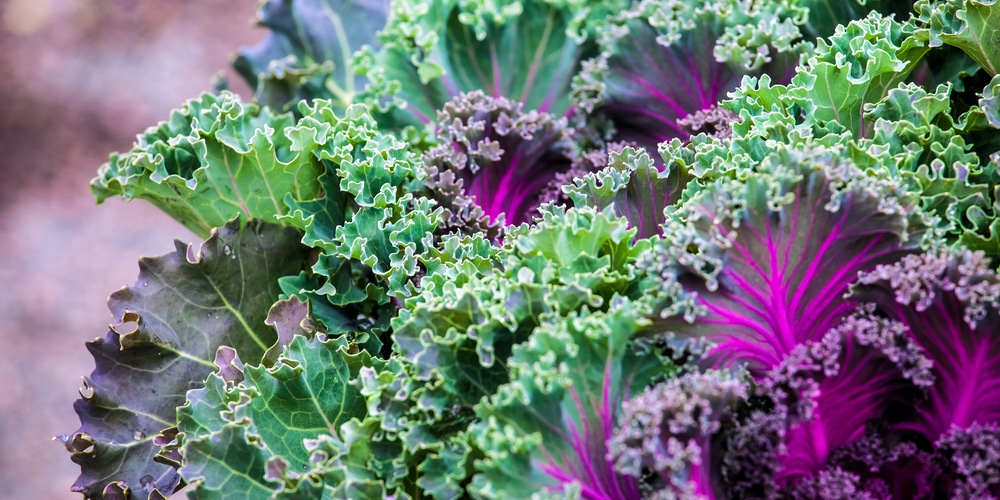| Vegetable | Soil Type | pH Level | Water Requirements | When to Plant |
|---|---|---|---|---|
| Spinach | Loamy, well-drained | 6.5-7.0 | Keep evenly moist | Early spring and fall |
| Kale | Loamy, well-drained | 6.0-7.5 | 1 to 1.5 inches per week | Early spring and late summer |
| Lettuce | Loamy, well-drained | 6.0-7.0 | Keep soil consistently moist | Early spring and fall |
| Swiss Chard | Loamy, well-drained | 6.0-7.0 | 1 inch per week | Early spring through early summer |
| Collard Greens | Loamy, well-drained | 6.0-6.5 | 1 to 1.5 inches per week | Early spring and late summer |
| Arugula | Loamy, well-drained | 6.0-7.0 | Keep soil moist | Early spring and fall |
Understanding Leafy Greens’ Growth Cycles
Leafy greens, such as lettuce, kale, and spinach, thrive when their growth cycles align with their preferred conditions. These crops can be broadly categorized into cool-season and warm-season greens, each with distinct growing requirements.
Cool-Season Greens:
- Optimal Growth Temperature: 60-70°F (15-21°C)
- Common Varieties: Lettuce, kale, spinach, collards
- Sowing Time: Early spring or late summer
Cool-season greens flourish in the mild temperatures of spring and fall. They often tolerate light frosts, and some, like kale, can even develop enhanced flavors after exposure to cold.
Warm-Season Greens:
- Optimal Growth Temperature: 70-85°F (21-29°C)
- Common Varieties: Swiss chard, amaranth, mustard greens
- Sowing Time: After the last spring frost
Warm-season greens are more heat-tolerant and need stable, warmer temperatures to prosper. They can generally be planted once the threat of frost has passed and the soil has warmed.
Some leafy greens, such as Swiss chard, are versatile and can grow in both cool and warm seasons. Gardeners might benefit from succession planting—sowing seeds at intervals—to ensure a continuous harvest throughout the growing season.
| Season | Greens Type | Sowing Time | Harvest Time |
|---|---|---|---|
| Spring | Cool-Season | Early Spring | Late Spring/Early Summer |
| Summer | Warm-Season | Late Spring | Summer |
| Fall | Cool-Season | Late Summer | Fall |
Determining the Best Planting Times
When planning a garden, particularly for leafy greens, gardeners must account for factors such as regional climate and soil conditions to ensure a successful harvest.
Regional Climate Considerations
Gardeners should first assess the hardiness zone of their region, as this influences the last frost date and the length of the growing season. Leafy greens, being cool-season crops, thrive when the average daytime temperatures are between 60°F and 70°F. These temperatures usually correspond to early spring and late summer to early fall in many regions.
- Zone 5 Example: Last frost date typically from April 1st – April 15th; first frost date from October 16th – October 31st.
- Zone 7 Example: Planting may start as early as late February to March.
It’s important for gardeners to not only focus on hardiness zones but to also consider microclimates and local weather patterns, which can significantly affect planting times within a given region.
Soil Temperature and Sunlight Requirements
Leafy greens require well-draining soil with temperatures that fall between 40°F and 75°F for optimal growth. Soil temperature is as crucial as air temperature and should be monitored before planting.
Ideal Soil Temperatures:
- Spinach: 45°F to 75°F
- Lettuce: 40°F to 80°F
- Kale: 45°F to 75°F
Adequate sunlight is also necessary, with most leafy greens needing a minimum of 4-6 hours of direct sunlight daily. However, during hotter months, partial shade can help prevent bolting and bitterness in greens. Gardeners should position their garden beds to best capture the necessary sunlight while providing protection from intense midday heat.
Preparation for Planting
When planning a vegetable garden, thorough preparation is vital to ensure the success of leafy greens. Soil quality and the right seed choices set the foundation for a thriving garden.
Soil Preparation
Good soil preparation begins with testing the soil to determine pH and nutrient levels. Leafy greens prefer a pH between 6.0 and 7.0. They benefit from well-draining soil rich in organic matter.
Gardeners should incorporate compost or well-rotted manure into the soil to improve fertility. Till the soil to a depth of at least 6 inches to allow for root expansion and to ensure that it is loose and aerated.
Key steps in soil preparation include:
- Soil testing: Check for pH and nutrients.
- Amendment: Add compost or manure as needed.
- Tilling: Loosen the soil to a suitable depth for root growth.
Seed Selection and Germination
Selecting quality seeds is essential for a healthy crop of leafy greens. Choose seeds that are disease-resistant and suitable for the current season.
For germination, seeds should be sown directly into the prepared soil at the correct depth — usually no more than half an inch deep. Leafy greens often require a thin layer of soil to cover the seeds lightly.
Consistent moisture is crucial during the germination period, and a gentle spray of water helps keep the soil moist without disturbing the seeds.
Essential points for seed selection and germination:
- Variety choice: Opt for disease-resistant and season-appropriate seeds.
- Sowing depth: Plant seeds at the recommended depth.
- Moisture control: Maintain even soil moisture for successful seed germination.
Maintenance and Care
Maintaining a healthy leafy green garden requires diligence in watering, nutrient management, and pest and disease control. These practices ensure that the greens not only survive but thrive throughout their growing season.
Watering Techniques
Leafy greens prefer consistent moisture. Implementing a drip irrigation system or using a soaker hose can provide deep watering that encourages strong root development.
Gardeners should aim for about an inch of water per week, either through rainfall or irrigation. Watering in the early morning reduces evaporation and allows foliage to dry, minimizing the risk of fungal diseases.
Nutrient Management
Leafy greens are fast growers and need nutrient-rich soil to support their rapid development.
Before planting, mixing in well-aged compost can significantly improve the soil’s nutrient content and structure.
A balanced nitrogen-rich fertilizer applied every four to six weeks can also provide the necessary nutrients for optimal growth.
Use the following fertilizer ratio as a general guide:
- Nitrogen (N): 5
- Phosphorus (P): 2
- Potassium (K): 3
Pest and Disease Control
Preventative measures are key to managing pests and diseases.
Crop rotation and using floating row covers can deter pests and protect plants.
Regularly inspecting plants for signs of trouble and removing affected leaves can stop the spread of diseases.
For pests such as aphids and caterpillars, introducing beneficial insects like ladybugs or applying neem oil can be effective treatments.
It’s important to avoid broad-spectrum insecticides that can harm these beneficial allies.
Harvesting and Post-Harvest Handling
When one’s leafy greens reach maturity, it’s essential to harvest them with care.
Leafy greens should be harvested in the cool of the morning when their leaves are most turgid, which helps to maintain their quality.
Utilizing clean, sharp tools to cut the outer leaves allows the inner leaves to continue flourishing for future harvests.
- Harvesting Techniques:
- Harvest in the morning or during cooler temperatures
- Use sharp and clean cutting tools
- Cut outer leaves first, leaving inner leaves to grow
Post-harvest, handling is crucial to maximize the shelf life of leafy greens.
Prompt cooling after harvesting removes field heat and maintaining a cool storage environment helps in slowing down respiration rates.
Lower respiration rates subsequently delay the senescence of the greens, preserving freshness and nutritional value.
- Post-Harvest Steps:
- Cool immediately to remove field heat
- Store at appropriate temperatures to slow respiration
- Handle gently to prevent bruising and damage
For hydroponically grown greens, rinsing with clean water to eliminate any nutrient solution residue is advised.
Packaging must permit adequate air flow yet retain moisture to keep the greens hydrated.
- Hydroponic Specifics:
- Rinse to remove residues
- Use packaging that balances moisture and air flow
Frequently Asked Questions
Leafy greens are a nutritious addition to the diet, and growing them can be a rewarding experience. This section will address some of the key concerns and instructions for planting and caring for leafy greens successfully.
What conditions are necessary for successfully growing leafy greens in containers?
For successful growth of leafy greens in containers, gardeners should ensure sufficient sunlight, consistent moisture, and well-draining soil.
A container with adequate depth to accommodate the root systems is also critical.
What is the optimal season for planting leafy greens in temperate climates?
In temperate climates, leafy greens flourish best when planted in the cooler seasons of spring and fall.
These conditions prevent bolting and promote tender, flavorful leaves.
How can one cultivate collard greens to ensure a healthy harvest?
To cultivate collard greens for a healthy harvest, plant them in rich, well-drained soil and provide consistent water.
They also benefit from a full to partial sun environment and protection from pests.
For regions similar to Iowa, what is the recommended timetable for planting vegetables?
For areas with a climate akin to Iowa, a sensible timetable for planting vegetables includes starting leafy greens early in the spring.
A second planting later in the summer is also recommended for a fall harvest.
What are the critical requirements for vegetables, particularly leafy greens, to thrive?
Vegetables, especially leafy greens, require nutrient-rich soil, adequate sun exposure, consistent watering, and proper spacing to prevent overcrowding.
What are the essential steps for growing leafy greens indoors?
Growers wanting to raise leafy greens indoors should focus on selecting the right varieties.
They should also use containers with good drainage, provide sufficient light — either natural or artificial — and keep the soil consistently moist but not waterlogged.
Last update on 2025-06-06 / Affiliate links / Images from Amazon Product Advertising API







